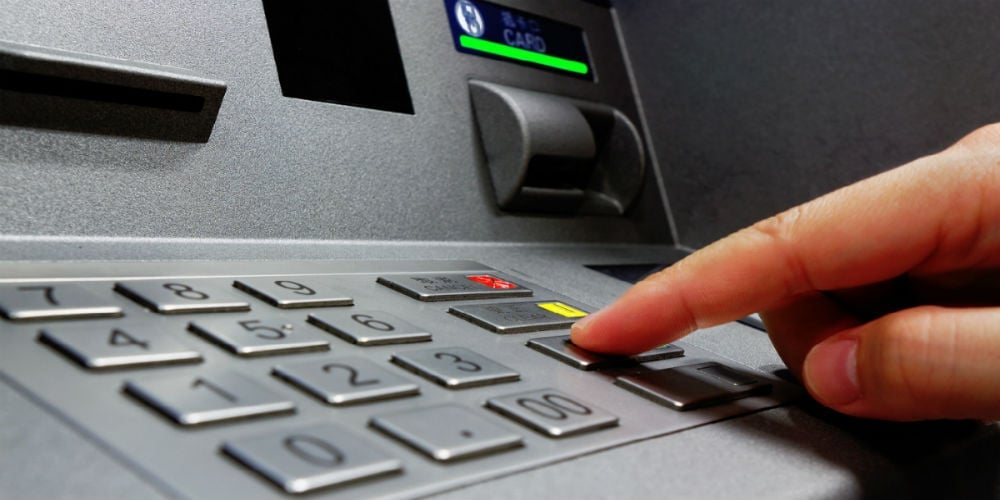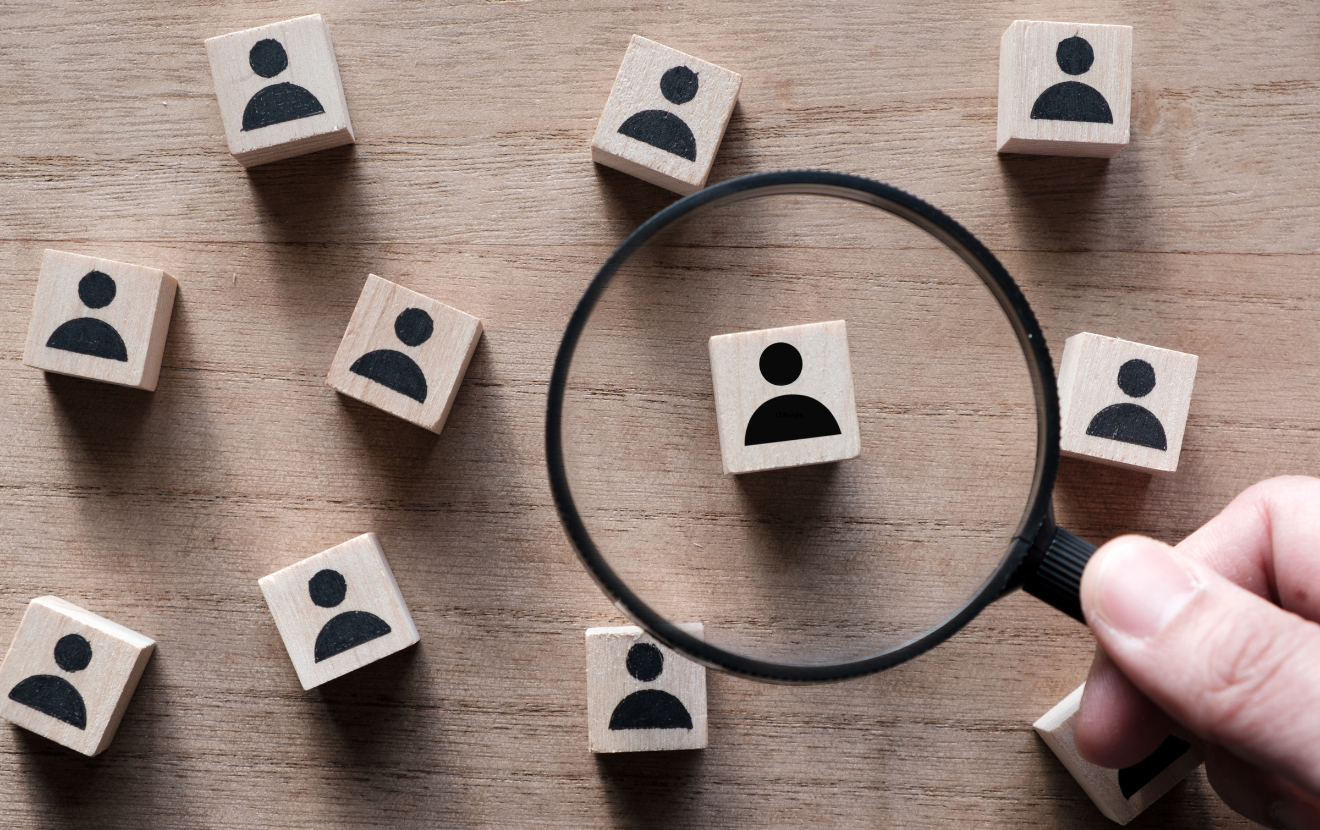I come not to bury the ATM but to praise its new powers.
Forgive me for borrowing from Shakespeare’s Mark Antony in Julius Caesar, but it’s what popped into my mind recently as I heard many futurists predicting the end of the ATM.
It just isn’t happening—at least not soon.
What will happen instead is that the ATM will get more powerful. We’ll use it to do more—a lot more. I’ll discuss this later in the article.
First, know that the ATM Industry Association estimates there are between 475,000 and 500,000 ATMs in the United States—and they are staying busy. Ken Justice, ATM Executive at PNC, tells the Pittsburgh Post Gazette, “In the month of March, PNC dispensed more cash from ATMs than we have in the history of our ATM network.” Justice adds, “Cash demand is still as high as it has ever been,” but he is not exactly right about that.
According to the 2016 Federal Reserve Payments Study, noncash payments have been growing fast:
By number, noncash payments grew from 72.4 billion payments in 2000 to 144.1 billion in 2015, for a growth rate of 4.7 percent per year. By value, noncash payments grew from $75.87 trillion in 2000 to $177.85 trillion in 2015 (both in 2015 dollars), for a real growth rate of 5.8 percent per year.
Furthermore, a Gallup Poll found that 62% of respondents predict the death of cash in our lifetimes.
However, as fast as noncash payments have grown, it is premature to bury cash or ATMs. Gallup also found that 54% of respondents like carrying cash all the time, and 42% say they are not comfortable without cash on hand.
Most of us still pay with cash at least some of the time. That’s a fact.
Where do we get cash? For many of us the answer is still the ATM. I personally call on one at least once a week.
The frequency of visits may go up, as ATMs offer more features to entice us. Karen Kaukol, a vice president at Entrust Datacard, said she expected ATMs to soon offer bill pay, statement printing, and replacement cards. “The idea is to shift more transactional bank services to the ATM so that tellers can focus on higher-value customer engagements.”
For instance, Kaukol elaborated with specifics:
U.S. Bank customers can make donations to the American Red Cross from an ATM and Wells Fargo customers can purchase stamps, print statements, or pay a credit card bill. In the future, we can expect to see additional ATM features such as the ability to make transfers to friends or open an account.
ATMs also offer contactless payments, at least at some banks, and there are ever-louder talks that we will soon see ATMs with biometric login—no card or smartphone needed. Just sign in with a fingerprint or maybe a retinal scan.
Furthermore, many institutions are now lifting the upward limit on cash withdrawals to as much as $4,000.
The message for credit union leaders is twofold. For one, assume you will have ATMs in your arsenal for many years to come. Generations of consumers have grown comfortable using them, and they will continue to use them for some years. Sure, the day for a cashless society may come, but that day isn’t coming soon.
Second, the big banks are charging forward with programs to build more features into ATMs, and you should do likewise.
Which features? Run pilots or conduct small tests. Discover what features your members want to use, and investigate how they will use them.
Know that the ATM as a device for little more than getting cash and checking balances is fast coming to an end.
We are now entering the era of the smart ATM, and that is likely adding years to its role in our lives.







